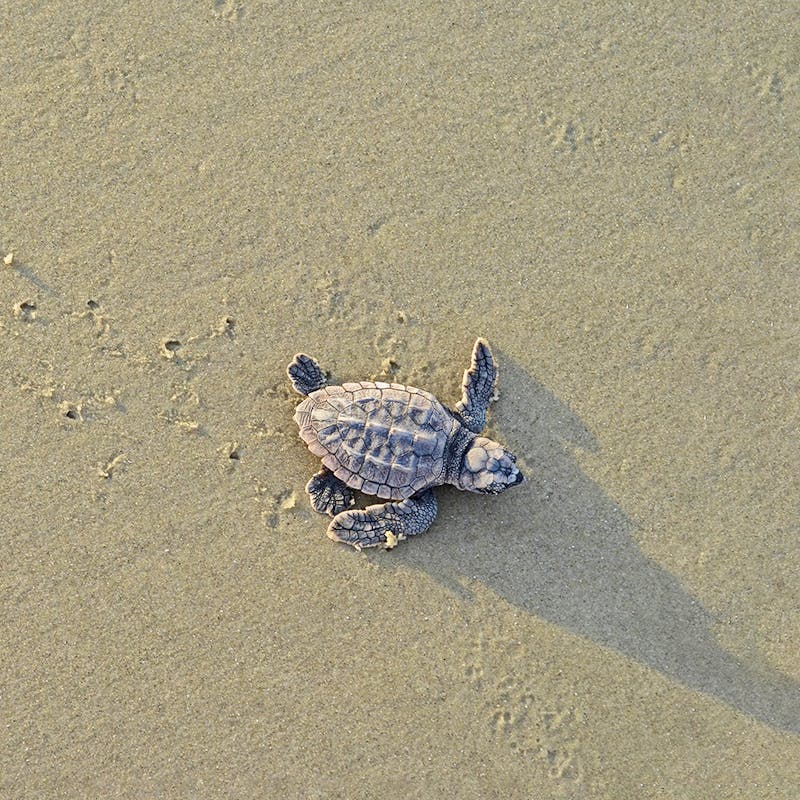National Audubon Society, Defenders of Wildlife, and the Southern Environmental Law Center yesterday submitted comments regarding the National Park Service's Draft Environmental Impact Statement (DEIS) on Cape Hatteras National Seashore's Off-road Vehicle Management Plan. Collectively, these organizations represent 1.5 million members and supporters.
As a unit of the National Park System, Cape Hatteras has been required for decades under federal law to establish guidelines for off-road vehicles (ORVs) that minimize harm to wildlife and natural values of the seashore in accordance with the best available science.
Comments submitted by the conservation groups outlined several measures necessary for the Park Service to meet its legal mandates to conserve and protect the natural resources of the Seashore, leave them unimpaired for future generations, and provide an appropriate balance between continued ORV use and other public uses of the Seashore, including pedestrian and family use.
The conservation groups support a final ORV management plan based on the environmentally preferred Alternative D in the DEIS, modified to:
- allow pedestrian access subject to standard resource closures when shorebird or colonial waterbird breeding behavior is observed,
- allow 100 foot ORV access corridors to Cape Point and South Ocracoke subject to standard resource closures when shorebird breeding activity is observed,
- increase the number of parking spaces and dune walkovers, and
- designate specific areas closed year round to ORV use for pedestrians and wintering shorebirds.
Additional comments in support of a final ORV management plan based on a modified environmentally preferred Alternative D were also filed by the Natural Resources Defense Council, National Parks Conservation Association, The Wilderness Society, American Bird Conservancy, Ascutney Mountain Audubon Society, Center for Biological Diversity, Conservation International, Delaware Valley Ornithological Club, Delmarva Ornithological Society, Sacharuna Foundation, Salem Audubon Society, Saving Birds Thru Habitat, and Wildlands CPR.
In the DEIS, the preferred alternative F put forward by the Park Service falls short of the U.S. Department of Interior's own scientists' recommendations regarding the measures needed to protect wildlife within the national park. The Park Service's preferred alternative F sets aside only 16 miles of the 68 miles of seashore year-round as non-ORV areas for pedestrians, families, and wildlife.
Both wildlife numbers and park visitation numbers are up under the 2008 consent decree's temporary management of ORVs in the park. The last two years had record numbers of turtle nests and the highest number of nesting piping plovers since 1998, as well as a net average increase of nearly 100,000 park visitors in 2008-2009 during months affected by the consent decree, compared to the same time period during the three previous years, 2005-2007. Not only did park visitation remain solid, but Dare County rental occupancy for both 2008 and 2009 reached a record high over a 15 year period despite two years of a nationwide economic recession.
Other beaches on the Atlantic coast that have instituted ORV regulations for natural resource protection have also shown economic resilience to the changes, according to a 1998 study done by Industrial Economics, Inc., for the Division of Economics of the U.S. Fish and Wildlife Service.
Learn more about what Defenders is doing to protect migratory birds.
Note to editors:
- More information regarding wildlife, visitation, and Dare County gross occupancy can be found at www.preservehatteras.org.
- Economic study of other beaches on the Atlantic coast cited is "An Economic Analysis of Piping Plover Recovery activities on the Atlantic Coast," Industrial Economics, Inc., for the Division of Economics of the U.S. Fish and Wildlife Service, April 1998.
- Video and photos of habitats, birds, and sea turtles in Cape Hatteras are available by contacting iphillips@audubon.org.
Contact(s):
Ida Phillips, Audubon North Carolina, (919) 929-3899Caitlin Leutwiler, Defenders of Wildlife, (202) 772-3226
Kathleen Sullivan, SELC, (919) 967-1450
For over 75 years, Defenders of Wildlife has remained dedicated to protecting all native animals and plants in their natural communities. With a nationwide network of nearly 2.1 million members and activists, Defenders of Wildlife is a leading advocate for innovative solutions to safeguard our wildlife for generations to come. To learn more, please visit https://defenders.org/newsroom or follow us on X @Defenders.
Media Contact
News

Department of Interior’s “Emergency Declaration” Suppresses Public Input and Strips Safeguards for Endangered Species


